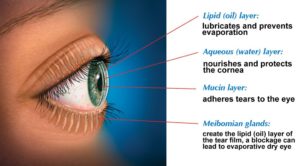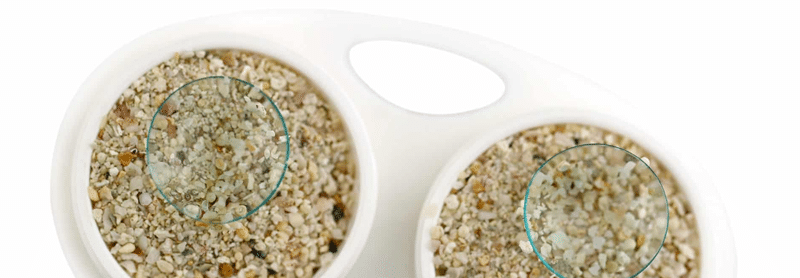Can Treating MGD Treat Your Dry Eyes?

Meibomian gland dysfunction (MGD) could be one of the most common chronic eye problems of which you’ve never heard. To start, though, you should probably know a little bit about the glands themselves. The Meibomian glands are sebaceous glands, or oil glands, inside the upper and lower eyelid. The function of the glands is to secrete oils that precent evaporation of the tear film and tears streaming down your cheeks.
Dysfunction of this gland, or MGD, is thought to be the leading cause of dry eye disease. Many of the symptoms mirror dry eye, but MGD is often an undiagnosed cause of dry eye. You might consider seeing a doctor for evaluation for MGD if you have several of the following symptoms:
- Sore eyes
- Scratchy eyes
- Red eyes
- Itchy eyes
- Blurred vision
- Crusty eyes
- Dry-feeling eyes
- Persistent eye watering
- Sticky-feeling eyes
- Momentary blurriness cleared with repeated blinking
There are several ways to treat MGD, including antibacterial eye drops, warm compresses, Meibomian gland probing, thermal pulsation, lid scrums, and over-the-counter supplements. For most patients, a combination of therapies including prescription eye drops and warm compresses alleviates the problem slowly over the course of 2-3 months.
If you have persistent dry eye, or think you might have Meibomian gland dysfunction, talk to a doctor.
Share This Article
Posted by Amanda Zellar
Amanda helps patients improve their lives through the power of LASIK. A patient coordinator at Laser Eye Institute, Amanda assists patients through every step in their start-to-vision journey.

